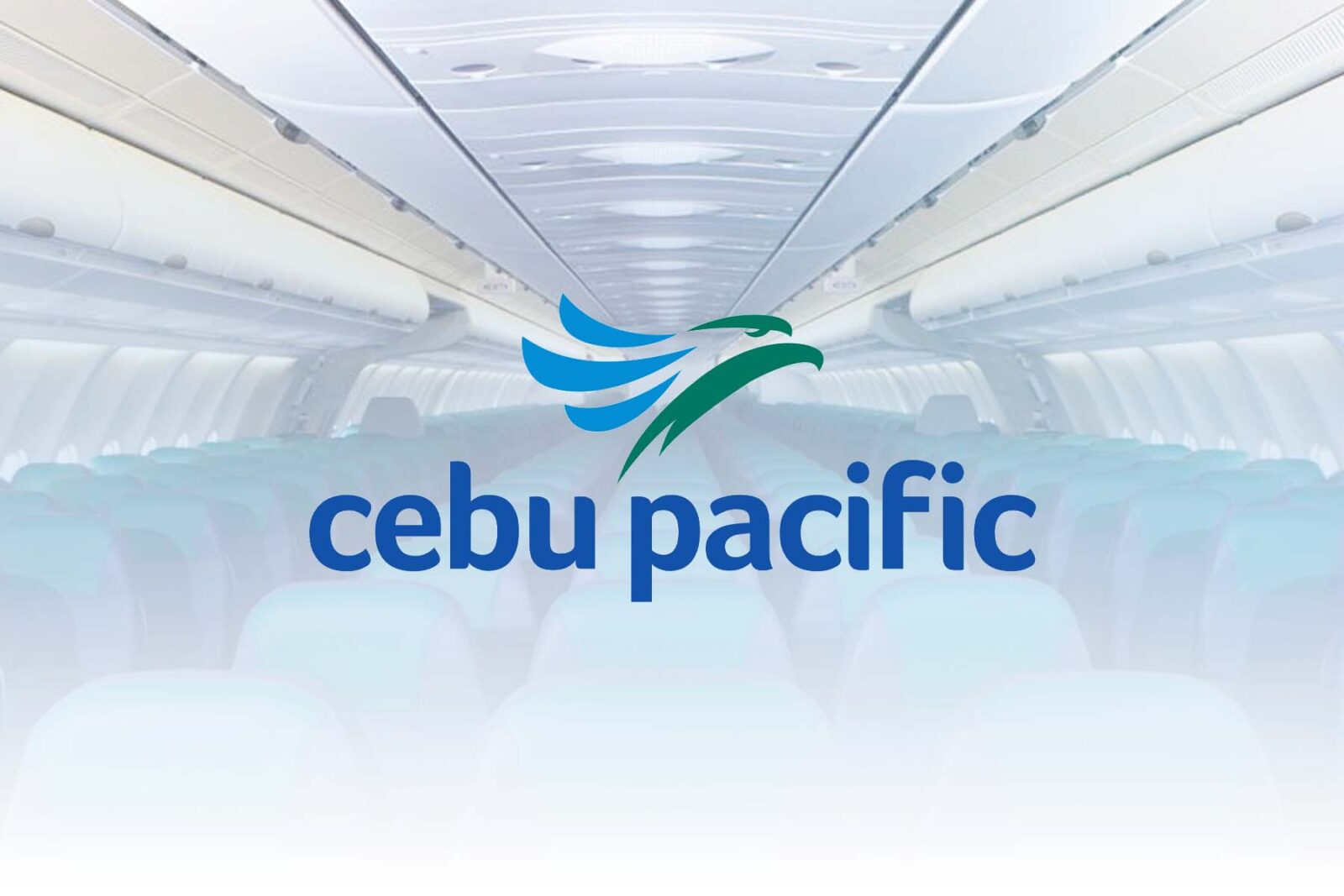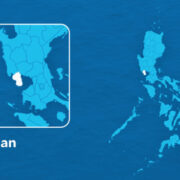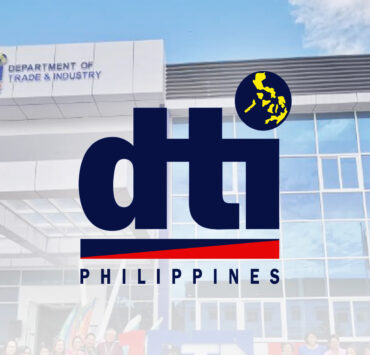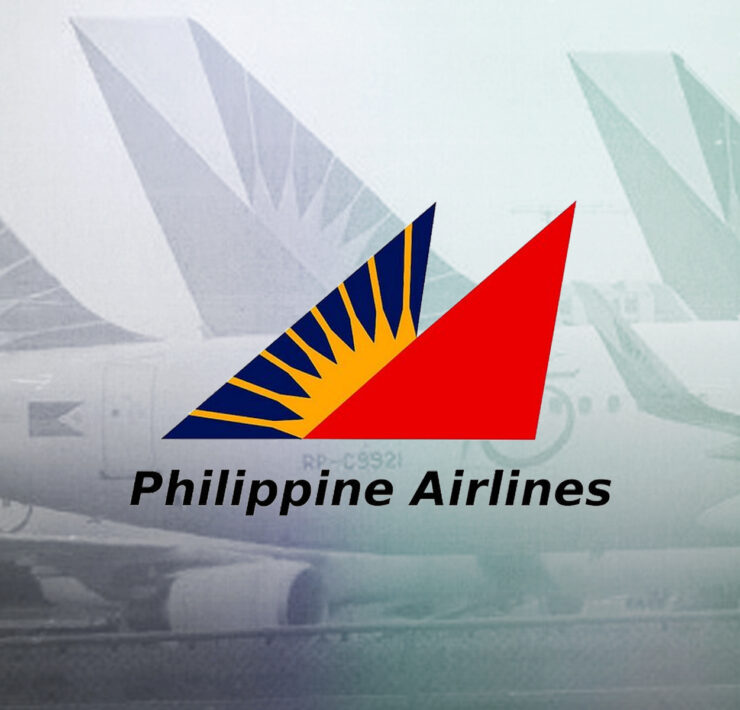Cebu Pacific, partner ready new flight simulator to train pilots

The joint venture between Cebu Pacific and Canada-based simulation technology developer CAE Inc. will deploy another full-flight simulator (FFS) next year to facilitate training for pilots, particularly on safety protocols.
In a stock exchange filing on Wednesday, the Gokongwei-led airline said the Airbus A330neo (new engine option) FFS of CAE Philippines would be ready to be deployed in Clark by December 2026. This was part of the expanded agreement of Cebu Pacific and CAE, it noted.
A flight simulator replicates the cockpit of a plane and is used for pilot training for various flight scenarios, such as emergencies.
“Being the largest operator of the A330neo in Asia, this new simulator will provide additional training and heighten the safe operation of this state-of-the-art aircraft,” Cebu Pacific chief operations officer Javier Massot said in a disclosure.
“This expansion will help meet the growing demand for pilot training as Cebu Pacific continues to grow its network and widebody fleet,” Massot added.
The budget carrier currently has 11 Airbus 330s in its fleet, along with 39 Airbus 320s, 24 Airbus 321s and 15 ATR turboprops.
Neo jets are considered fuel-efficient, as these burn 15-percent less fuel per flight and produce less noise compared to older models. Cebu Pacific aims to have an all-neo fleet by 2027.
Apart from the upcoming A330neo FFS, CAE Philippines also has A320 and ATR 72-600 simulators in the Clark facility.
Initially called Philippine Academy for Aviation Training, CAE Philippines was formed in 2012 to provide pilot training for Cebu Pacific and other operators in Central Luzon.
In the first five months of the year, Cebu Pacific booked a 24-percent growth in its passenger volume to 11.67 million.
Domestic passengers accounted for 8.68 million of the total, up by 23.2 percent versus the same period last year. International passengers, on the other hand, grew by 24.9 percent to 2.99 million.
Cebu Pacific is set to receive seven aircraft this year as it anticipates an increase in travel demand. Last year, it received 17 new aircraft.





















